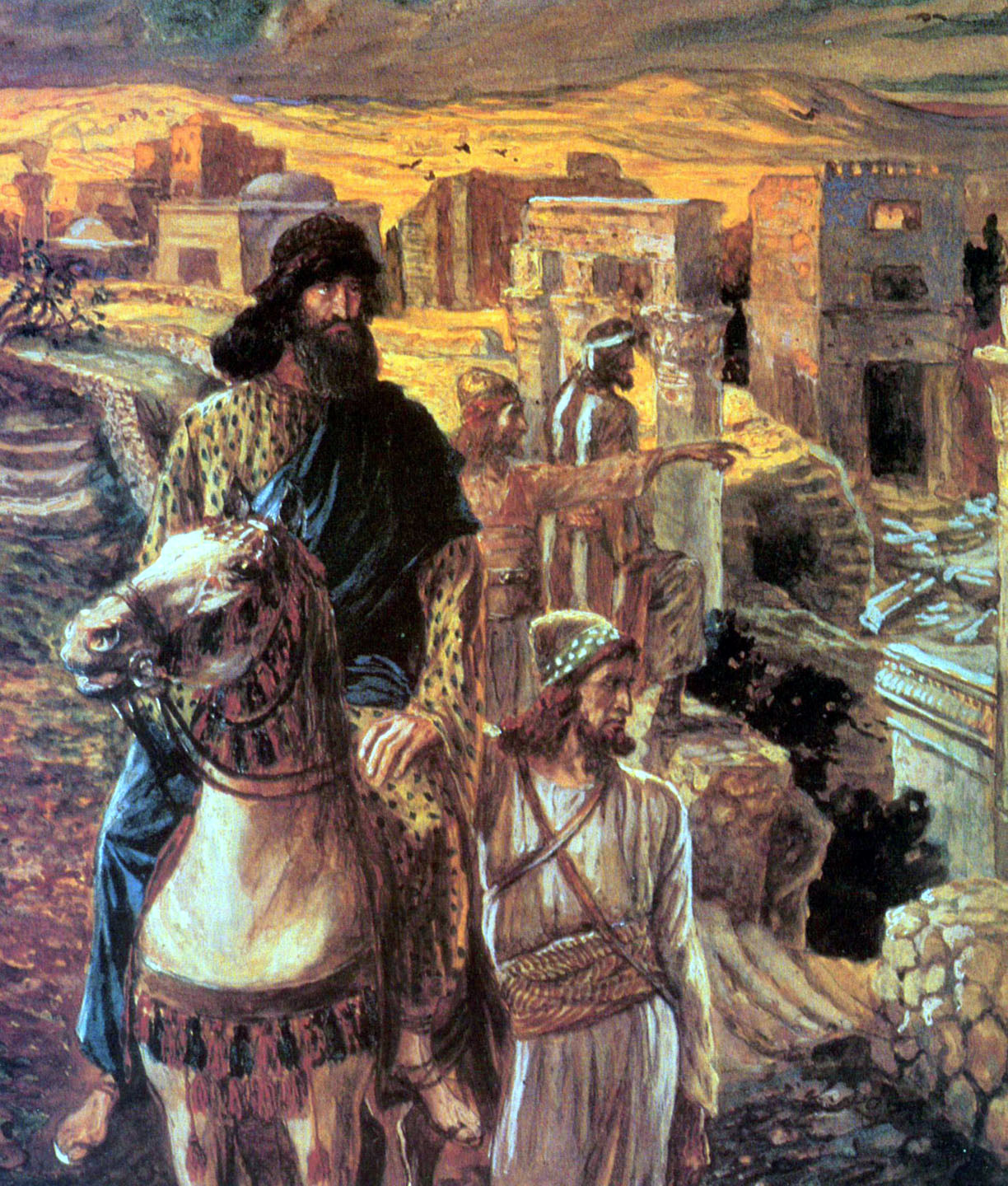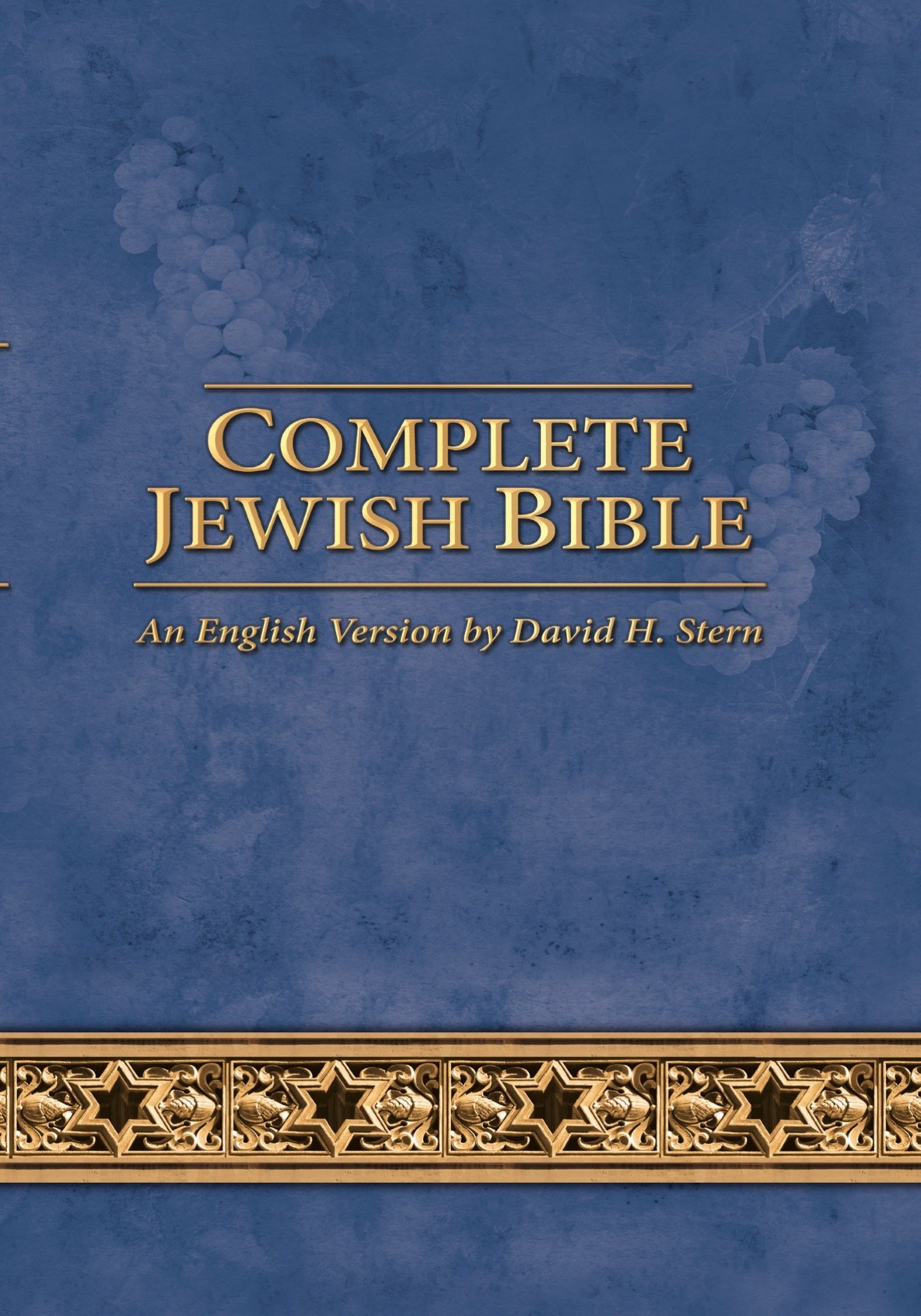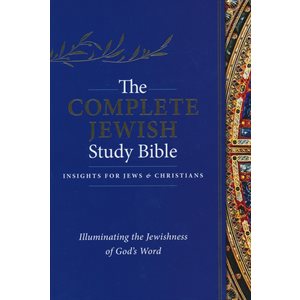

This moral code requires justice and care for the poor, widows, and orphans. The law includes rules for both religious ritual and ethics (see Ethics in the Bible). God gives the Israelites the Law of Moses to guide their behavior. After the Exodus, the Israelites wander in the wilderness for 40 years. Jacob and his family settle in Egypt where their descendants live for 430 years. The Tanakh begins with the Genesis creation narrative and traces Israelite origins to the patriarchs: Abraham, Isaac, and Jacob. The heart of the biblical story is God's covenant with the nation of Israel.

The Hebrew Bible includes small portions in Aramaic (mostly in the books of Daniel and Ezra), written and printed in Aramaic square-script, which was adopted as the Hebrew alphabet after the Babylonian exile. "Hebrew" refers to the original language of the books, but it may also be taken as referring to the Jews of the Second Temple era and their descendants, who preserved the transmission of the Masoretic Text up to the present day. Hebrew Bible Old Testament" without prescribing the use of either. The Society of Biblical Literature's Handbook of Style, which is the standard for major academic journals like the Harvard Theological Review and conservative Protestant journals like the Bibliotheca Sacra and the Westminster Theological Journal, suggests that authors "be aware of the connotations of alternative expressions such as . Many biblical studies scholars advocate use of the term Hebrew Bible (or Hebrew Scriptures) as a substitute for less-neutral terms with Jewish or Christian connotations (e.g. See also: Biblia Hebraica (disambiguation) The Roman Catholic, Eastern Orthodox, and Oriental Orthodox churches include the Deuterocanonical books, which are not included in the Hebrew Bible. The Protestant Old Testament has the same books as the Hebrew Bible, but the books are arranged in different orders. There are many similarities between the Hebrew Bible and the Christian Old Testament. However, such an Urtext has never been found, and which of the three commonly known versions ( Septuagint, Masoretic Text, Samaritan Pentateuch) is closest to the Urtext is debated. These differences have given rise to the theory that yet another text, an Urtext of the Hebrew Bible, once existed and is the source of the versions extant today.

These sources may be older than the Masoretic Text in some cases and often differ from it. These include the Septuagint, the Syriac language Peshitta translation, the Samaritan Pentateuch, the Dead Sea Scrolls collection, and quotations from rabbinic manuscripts.

In addition to the Masoretic Text, modern biblical scholars seeking to understand the history of the Hebrew Bible use a range of sources. The Hellenized Greek-speaking Jews of Alexandria produced a Greek translation of the Hebrew Bible called "the Septuagint", that included books later identified as the Apocrypha, while the Samaritans produced their own edition of the Torah, the Samaritan Pentateuch according to the Dutch–Israeli biblical scholar and linguist Emanuel Tov, professor of Bible Studies at the Hebrew University of Jerusalem, both of these ancient editions of the Hebrew Bible differ significantly from the medieval Masoretic Text. The Hebrew Bible developed during the Second Temple Period, as the Jews decided which religious texts were of divine origin the Masoretic Text, compiled by the Jewish scribes and scholars of the Early Middle Ages, comprises the Hebrew and Aramaic 24 books that they considered authoritative. The authoritative form of the modern Hebrew Bible used in Rabbinic Judaism is the Masoretic Text (7th to 10th century CE), which consists of 24 books, divided into pesuqim (verses). The current edition of the Masoretic Text is mostly in Biblical Hebrew, with a few passages in Biblical Aramaic (in the books of Daniel and Ezra, and the verse Jeremiah 10:11). The terms "Hebrew Bible" or "Hebrew Canon" are frequently confused with the Masoretic Text however, this is a medieval version and one of several texts considered authoritative by different types of Judaism throughout history. Different branches of Judaism and Samaritanism have maintained different versions of the canon, including the 3rd-century Septuagint text used in Second Temple Judaism, the Syriac Peshitta, the Samaritan Pentateuch, the Dead Sea Scrolls, and most recently the 10th-century medieval Masoretic Text compiled by the Masoretes, currently used in Rabbinic Judaism. The Hebrew Bible or Tanakh ( / t ɑː ˈ n ɑː x/ Hebrew: תָּנָ״ךְ Tānāḵ), also known in Hebrew as Miqra ( / m iː ˈ k r ɑː/ Hebrew: מִקְרָא Mīqrāʾ ), is the canonical collection of Hebrew scriptures, including the Torah, the Nevi'im, and the Ketuvim.


 0 kommentar(er)
0 kommentar(er)
